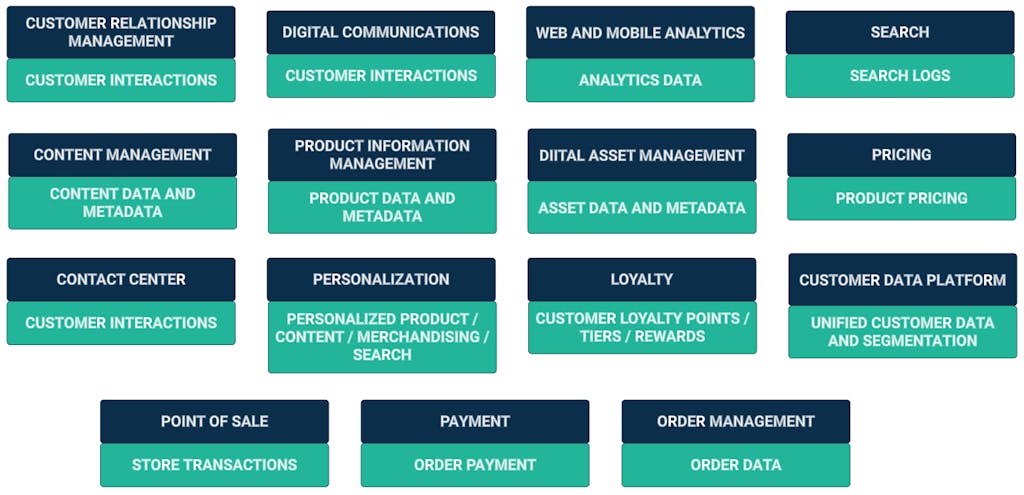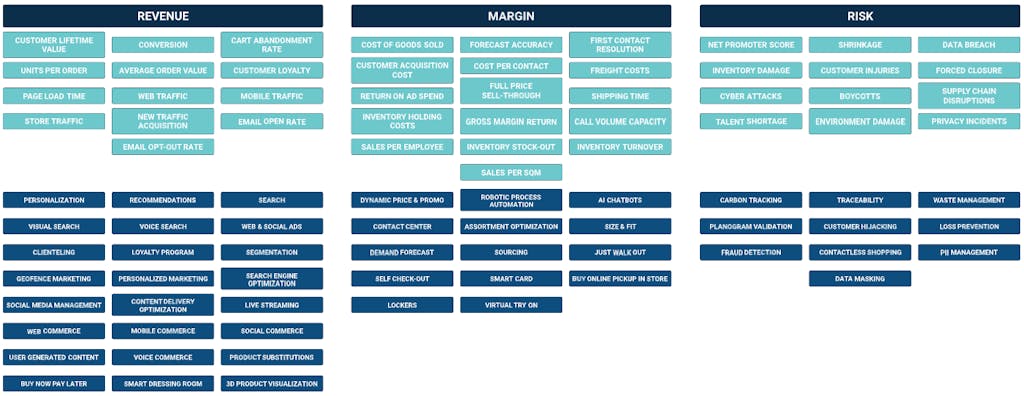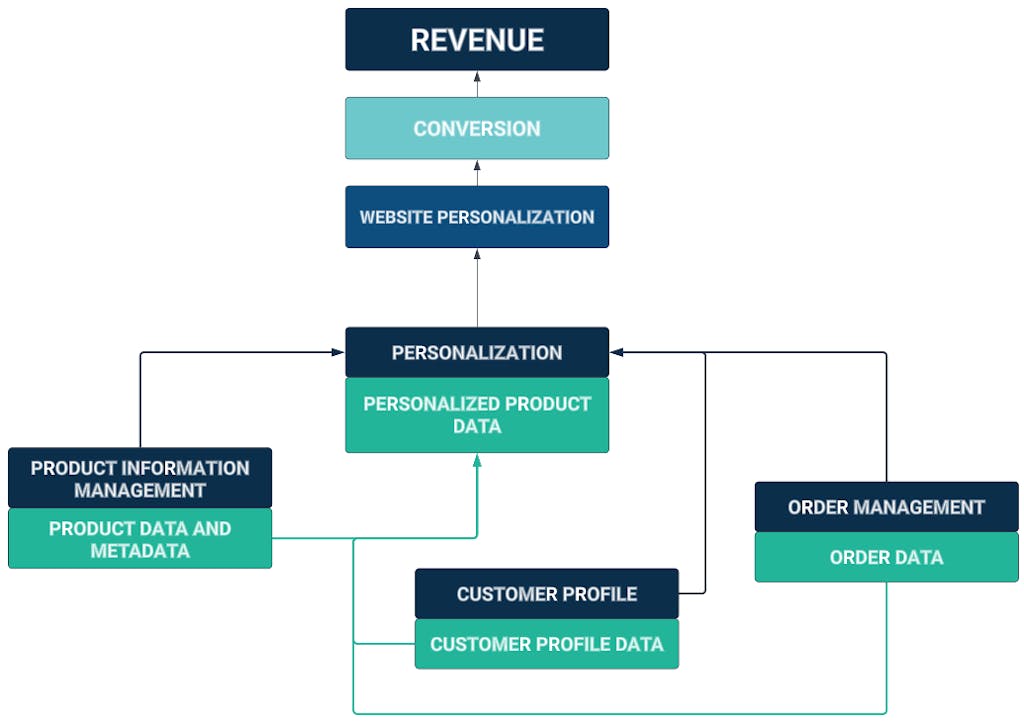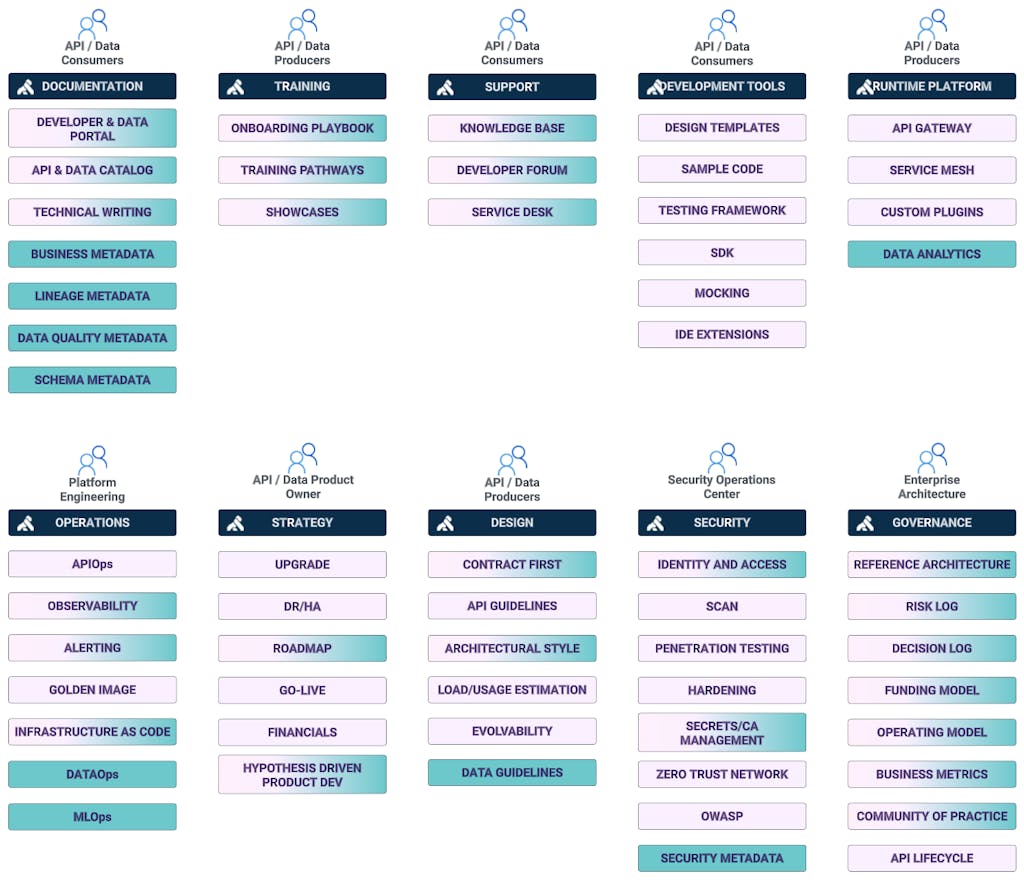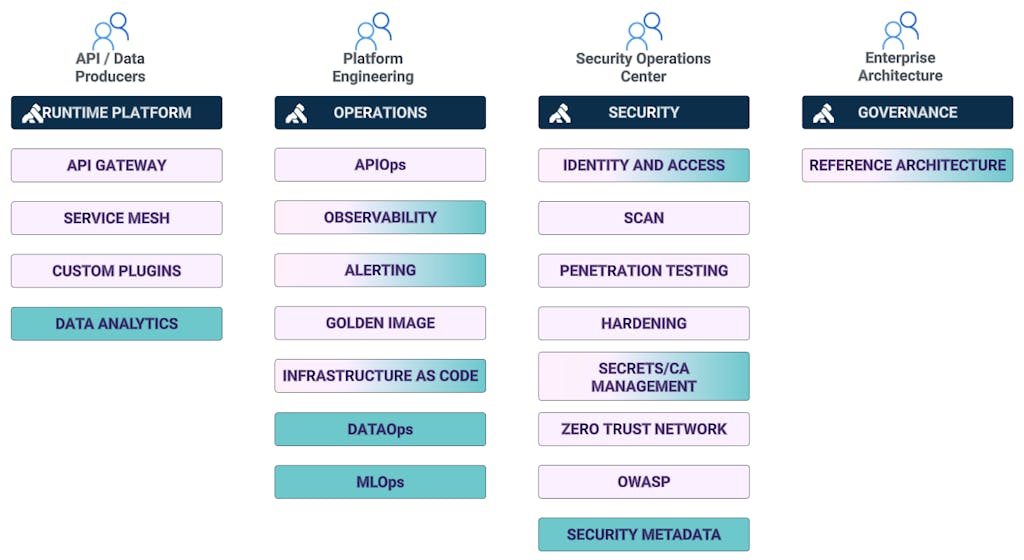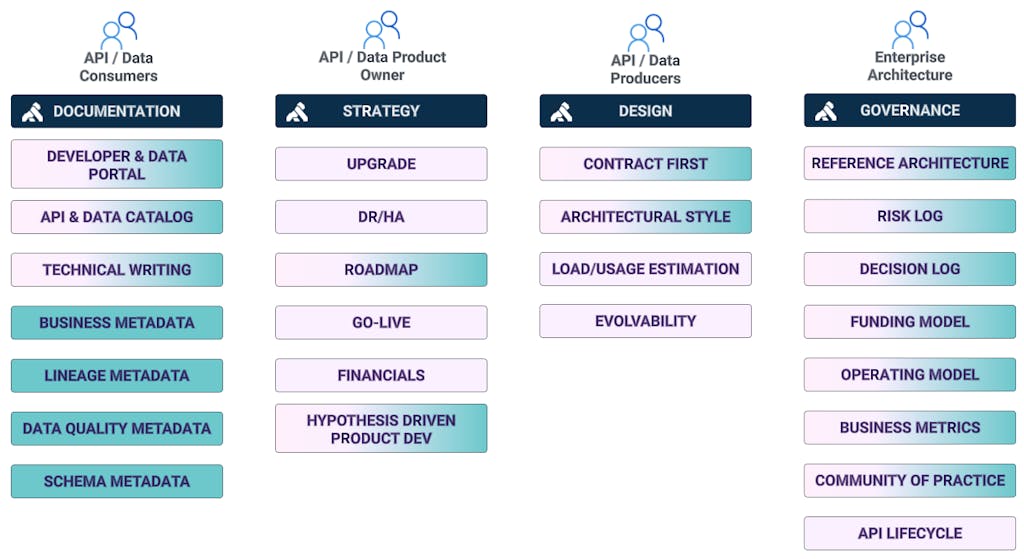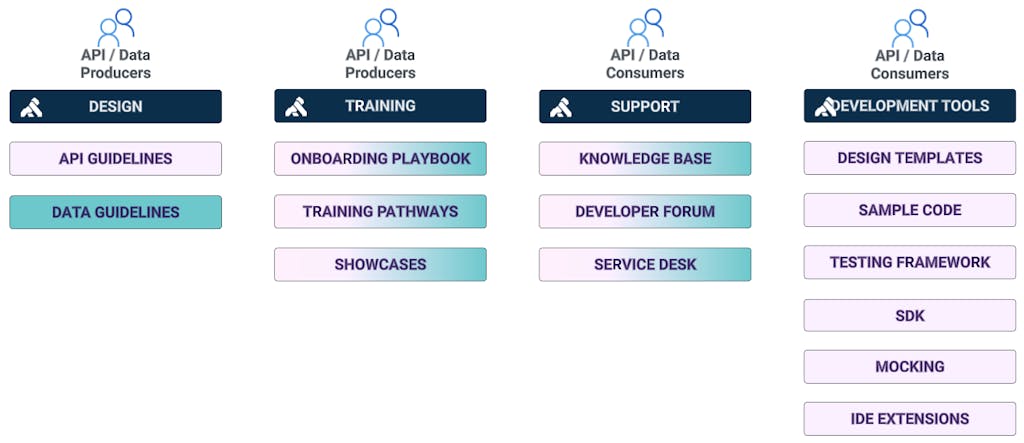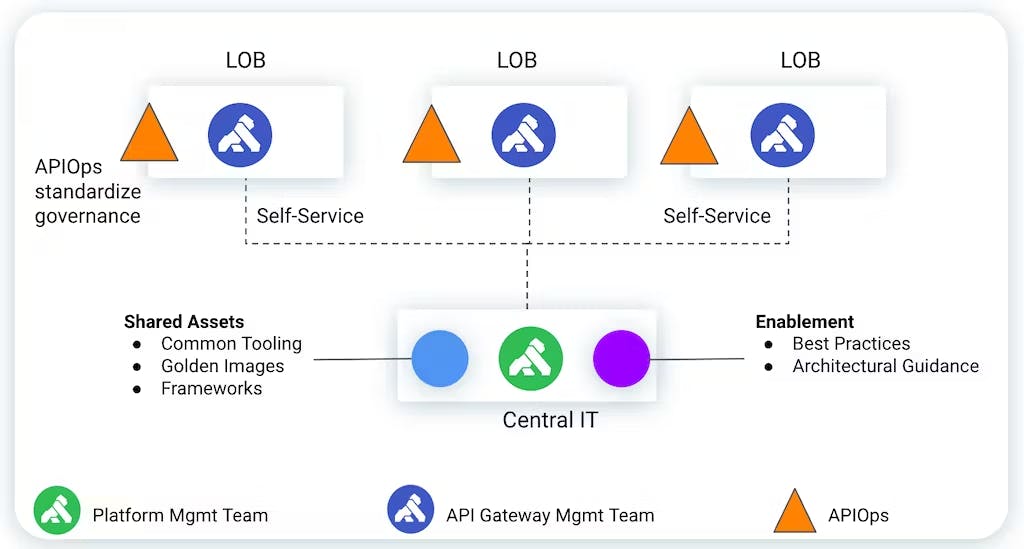Enterprises are investing in data mesh initiatives to accelerate how decisions are made and to create novel experiences based on machine learning models. Similarly, enterprises are investing in API platform initiatives to productize business domains (or bounded contexts in domain-driven design parlance) as self-service digital assets that accelerate innovation and improve business agility.
Both initiatives are typically run as separate work streams. However, data mesh and API platform initiatives benefit from a common approach as both strive to promote product-versus-project thinking, place business domains at the heart of organizational design, and aspire to offer a self-service platform to foster autonomy and innovation.
What's a data mesh?
Before we begin, it's worth briefly defining what a data mesh is and why APIs play a key role in realizing a data mesh strategy.
A data mesh is a decentralized data architecture that organizes data by business domains such as the ones we find in an e-commerce landscape: content management, product management, digital marketing, customer relationship management, payment, order management, and other business domains. Each business domain offers APIs as the means to securely access and consume the data through well-defined interfaces and standardized protocols.
Escape the architectural failure
For many enterprises, their technical environment has been growing over the years to deliver the digital experiences expected by customers, partners, and employees. New information systems have been procured and new teams have been set up to manage them, increasing the number of handoffs and dependencies.
Solutions were built for specific channels like the web and are now hard to reuse in other channels. This scenario has led to a fragmented data environment that a centralized, monolithic, and domain-agnostic data lake architecture has tried to solve — not without its challenges. On top of that, a project-based way of working has created a landscape based on hard-to-reuse point-to-point and batch-based solutions.
If enterprises don't course-correct to focus on productizing their business domains, they'll find themselves in a project-heavy environment where even minor features or improvements are difficult to deliver.
Rather than focusing on delivering value to customers, more time will be devoted to coordinating priorities and dependencies with different teams and system owners. This is at odds with the need for rapid experimentation that demands testing a larger number of use cases. Big enterprises will struggle to adapt, while smaller competitors achieve speed and agility.
In the following sections, we'll focus on three similarities between API platform and data mesh initiatives — and how to begin productizing business domains as a single workstream:
- Build a self-service platform based on domain-driven products
- Align to business objectives to drive priorities
- Define a common capability model



